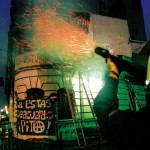
The squat at the Princesa cinema in October 1996 was the first important action to question the ‘Barcelona model’. The philosopher and activist Marina Garcés traces in her latest book the amalgam of movements that raised a radical criticism of the model and the historical story that justified it.
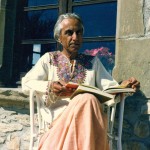
The Panikkar Year inaugurated on February 5th commemorates the hundredth anniversary of the birth of the philosopher, and has a double objective: to promote his work and debate on the validity of his thoughts on understanding the current world.
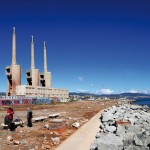
A look at some initiatives designed to improve the urban landscape with a new vision of our cultural heritage, through proposals from the International Master’s Degree in Landscape Intervention and Heritage Management.
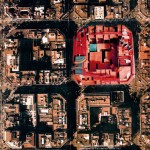
An exhibition by the Escola d’Arquitectura (College of Architecture) has gathered the best graduation projects since 1978. This article presents a small sample of this work, as seen by its authors, practising architects who have agreed to take part in the experiment of returning to the past and contextualising it in the present.
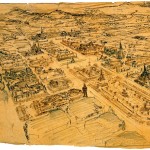
What would the other Barcelona have been like? The one that was imagined but frustrated for financial or political reasons or because of changing fashions, the one that was put away in a drawer to wait for better times or the one of projects short-listed in competitions they didn’t win in the end. We visit it on the following lines.
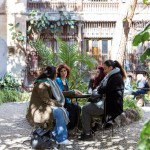
Over the last five years, artists from very different cultures have come through the Associació Jiwar – jiwar means “neighbourhood” in Arabic. The association is the driving force behind a project that stands for artistic creativity as a tool for change and for rethinking the city.
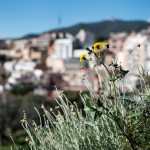
Taking a positive view of city smells opens the door to considering them as an element of urban marketing. Deodorising cities and making them identical on an olfactory level – with the same smells everywhere – is one of the results of modern town planning, which insists on stripping public spaces of any emotion.
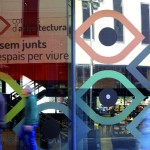
For months, the world of architecture has been discussing the challenges it faces at a time when, according to the Dean of the COAC, cities are the major instrument of change. Catalonia’s Architecture Congress 2016 has been held twenty years after the previous edition, remembered for its 14,000 visitors, the “Barcelona model” and the “star system”: examples of what not to do.
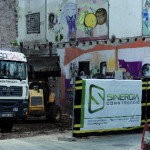
The exhibition “60dB / 16kHz. BCN. Can you hear the violence?”, held at Arts Santa Mònica in the last quarter of 2016, invited visitors to redefine violence from a new perspective.

Joan Brossa made a sculpture “to boo” at Josep Maria de Porcioles, the pro-Franco mayor of Barcelona and one of the main people behind the property speculation of the 1960s. Although it was commissioned by the council of Sant Adrià de Besòs, the work endured censorship and various tribulations before arriving at the city’s Museum of the History of Immigration in Catalonia.

The intersections between markets, the refinement of audiences and creative talent form new balances that are starting to make Barcelona more visible.
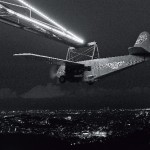
El día del Watusi [The day of Watusi], the monumental work by Francisco Casavella, can be read as a great novel of the Spanish transition to democracy or as a story of “why we have gone from being a dramatic country to being a stupid country”. Above all, however, it is a novel about the conflict between the individual and himself, and between mortal beings and immortal inventions.
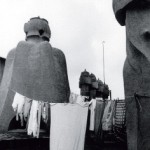
The outside world seems to have pigeon-holed Catalans as unsociable people, obsessed with work and somewhat disinclined to offer you their friendship just like that. While I tend to avoid clichés, the differences with Chilean culture – where friendship is cemented before you have even downed your first glass of wine – are notable.
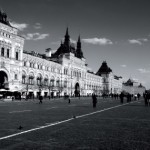
When Russians regretfully invoke Barcelona’s gaudi [‘delight’ in Catalan], they aren’t making an error of pronunciation or talking of capricious buildings; rather, they are making a mistake that reveals a truth. They long for an easier city built on a human scale, with a mild climate.
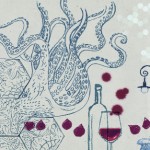
The verb ‘to be’ is at the heart of poetry, of identity, of the pleasure of hearing Catalan being spoken. Who are we in a language that was, has been, has become and vibrates, after so many centuries, in the present ambiguity of our iPhones and our melancholic, civic voices
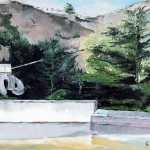
Nothing beats the instant research of experience when translating ironic prose writers with a less than heroic vision of their city. The many Catalan fictions now available in English highlight the life and history of the city in prose that is as artful, incisive and original as any Gaudí or Picasso.
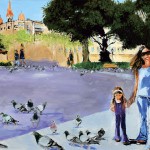
It is like a network of layered spaces, many of them lost, many of them irrevocably transformed, some of them only accessed through uncertain memories or even less faithful photos.

Downtown Manhattan is by now a city of props. El Raval is a district in the throes of destruction. After so much beautification, Barcelona is running the same risk as New York. By wanting to be a capital city and a metropolis it may lose its provincial personality.
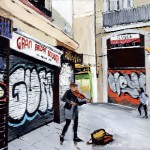
For the Norwegians, Barcelona is an ideal destination: a large European metropolis, a status that Oslo can only dream of. But the Catalan’s heart sinks when he remembers the gerontocracy, the inequalities, the scenes of poverty in the streets, the city disappeared forever.
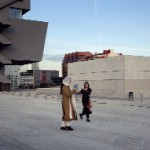
Venice is a cosmopolitan city with a notable aesthetic aspect to it. Barcelona is a sunny, Mediterranean city which has transformed itself in a very short time through urban development. Hence the Italians’ unanimously enthusiastic reaction whenever they hear the city’s name: “Bellissima!”
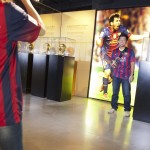
The Chinese do not adapt easily to Catalan customs, but the economy goes a long way to facilitating integration. We share one trait: an enterprising spirit.
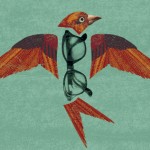
In the centenary of Espriu. Fantasy by Julius von Fuck with bassoon and timpani
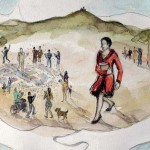
Coming to Barcelona to study Catalan, two decades ago now, was a turning point in Jana Balacciu’s life. She came from a sad city, still licking the open wounds of the dictatorship and the revolution, to a totally new world,
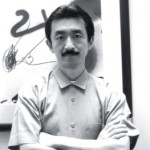
Ko Tazawa first came to Barcelona in 1978, when he was sent by his bank to learn Spanish. His contact with Catalan society would lead him to love the country, its culture and language. He has been back twice, most recently in 1993, with his wife and two children, to take his PhD in Catalan philology.
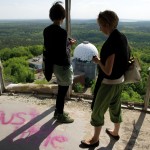
Barcelona and Berlin, which often share positions in the rankings of the most attractive or enterprising cities, are what Amsterdam and London used to be in the past. They also share the fact that they are highly advanced cities in
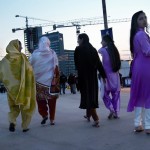
Now and again, someone in India asks me if Barcelona is the capital of Spain. As I don’t want to disappoint them, I always say yes, and they put on that “I knew it” face. The urge to be a




























